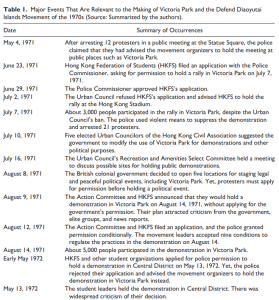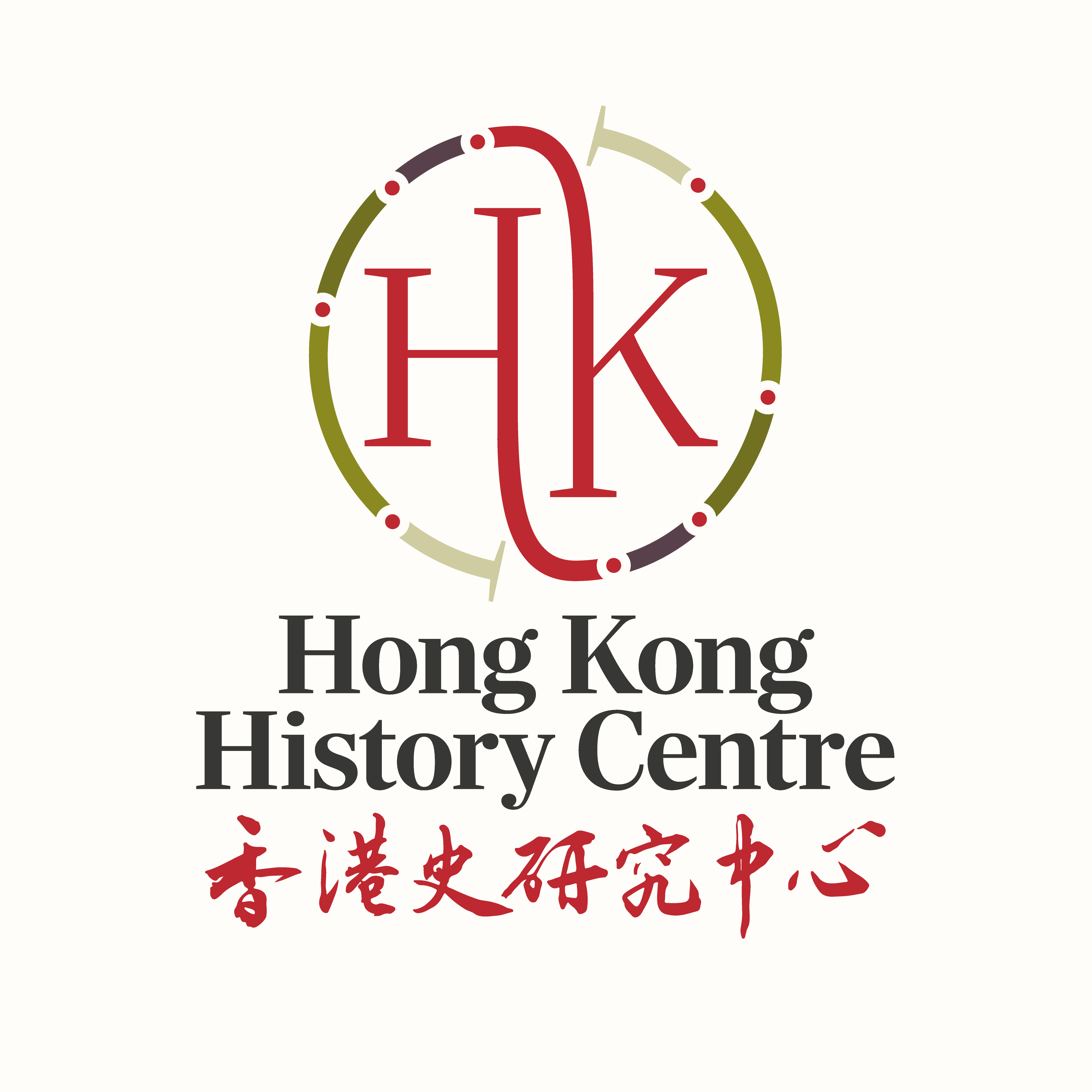Today we are introducing an article ‘The Making of Contentious Political Space: The Transformation of Hong Kong’s Victoria Park’ by Chi Kwok and Ngai Keung Chan.
Opened in 1967, Victoria Park in Hong Kong was initially planned by the British colonial government as a recreational and monumental space, with an emphasis on orderliness, recreation, and non-political activities. However, in the 1970s, the emergence of the Defend Diaoyutai Islands Movement led to collective actions that transformed the spatial order of the park.
The movement involved small-scale demonstrations and forums, with the Hong Kong Federation of Students taking up the issue and organizing protests. On May 4 1971, the movement’s organizers attempted to hold a sit-in at Statue Square, but the police refused permission, suggesting Victoria Park as an alternative. The protesters eventually held an unlawful public meeting at Statue Square, and the police arrested 12 young protesters on May 4. The police’s recommendation in turn led to the politicization of Victoria Park.
The July 7 rally in 1971 became a critical event that integrated Victoria Park into the movement and challenged the colonial government’s spatial governance. The organizers planned to hold the rally in Victoria Park due to its enclosed nature and suitability for large-scale public events. However, the Urban Council vetoed the police’s permission, citing inconvenience to other park users and emphasizing the park’s recreational purpose. Despite it being illegal, the organizers defied the ban and held the rally in Victoria Park, highlighting the contestation over the park’s spatial norms .
The police warned participants that they could be arrested, but the organizers emphasized that the rally would be peaceful. However, the police used violent means to suppress the rally, making baton charges and injuring protesters and journalists. The repression of the rally triggered public dissent and condemnation of the police’s actions. Overseas Chinese organizations also voiced their support for the protesters. The repression failed to delegitimize the protesters’ actions, and the right to peaceful collective claim-making was introduced and legitimized through these actions. The repression also caused disagreement among elite groups, undermining the legitimacy of the colonial government. After the rally, Victoria Park was transformed from a recreational space to a political space, where peaceful collective claim-making became a legitimate form of political action. The police’s disproportionate violence opened up a discursive space for the re-narration of the proper spatial governance of the park.
啟用於1967年的香港維多利亞公園,最初在英國殖民政府規劃時被視為一個娛樂和紀念空間,強調秩序、娛樂和非政治活動。然而,在1970年代出現的保衛釣魚台運動導致集體行動,從而改變了公園的空間秩序。
這場運動包括小規模的示威和座談會,由香港專上學生聯會參並組織抗議。1971年5月4日,運動組織者試圖在皇后像廣場靜坐示威,但警方拒絕批准,提議他們在維多利亞公園舉行。最終,抗爭者在皇后像廣場舉行了非法公眾集會,警方逮捕了12名年輕抗議者。警方的建議進一步導致了維多利亞公園的政治化。
1971年7月7日的集會關鍵地把維多利亞公園融入運動當中,挑戰了殖民政府的空間治理。因為公園的封閉性質適合舉辦大型公眾活動,組織者計劃在維多利亞公園舉行集會。然而,市政局否決了警方的許可,理由是會對其他公園使用者的不便,並強調該公園的娛樂性質。儘管違法,組織者無視禁令,在維多利亞公園舉行集會,突顯了對公園空間規範的爭議。
警方警告參與者可能被逮捕,但組織者強調集會將是和平的。然而,警方使用暴力手段壓制集會,以警棍攻擊,打傷抗爭者和記者。鎮壓集會引發了公眾不滿和對警方行動的譴責。海外華人組織也表達了對抗爭者的支持。鎮壓未能使抗爭者的行動失去合法性,和平集體爭取訴求的權利被引進和變得合理。鎮壓也使精英團體之間分歧,削弱了殖民政府的合法性。集會結束後,維多利亞公園從一個娛樂空間轉變為政治空間,以和平集體的行動爭取訴求成為一種合法的政治形式。警方不成比例的暴力打開了關於公園適當空間治理的論述空間。

(Image from ‘The Making of Contentious Political Space: The Transformation of Hong Kong’s Victoria Park’)
‘The Making of Contentious Political Space: The Transformation of Hong Kong’s Victoria Park’ by Chi Kwok and Ngai Keung Chan.


